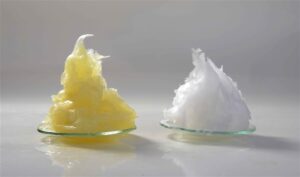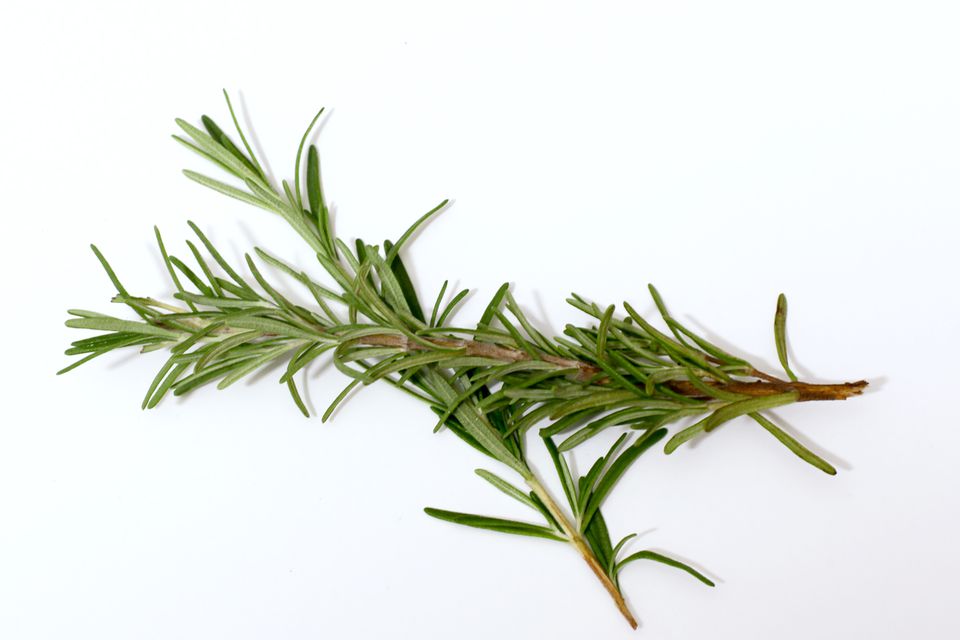Inhaling therapeutic oils from a vapour rub is one of the most effective ways of relieving the symptoms of colds and flu and tackling minor respiratory infections. A blend of warming, expectorant essential oils in petroleum jelly, ointment or in a vegetable carrier oil will help to ease congestion. The addition of antiseptic oils such as myrrh and tea tree will help to combat the secondary infections that come with a cold, including bronchitis and sinusitis.
A night-time rub
Vapour rubs applied to the throat, neck and chest are particularly suitable at night-time. The decongestant vapours in the rub are released through the night, aiding in restful sleep. Add some stimulating oils for a daytime vapour rub.
Headaches and nervous tension also benefit from vapour rubs. Apply the rub to the temples and forehead in order to ease muscles, adding relaxing, pain-relieving essential oils.
Children's remedies
Vapour rubs are very useful for children who are prone to respiratory infections. A little vapour rub on the chest will help them breathe easily and will ensure a good night's sleep for both children and parents.
Choosing your Carrier Product
Neutral carriers are needed for vapour rubs to allow the vapours to come through unimpeded.
Petroleum jelly
This is derived from mineral oil and because it's not easily absorbed by the skin, it's suitable for application around your delicate nostrils.

Balms and Ointments
Check post Making Ointments and Balms to learn how to make your own vapour rubs with essential oils.
Natural Ointments
These provide a neutral, unscented and uncoloured base, for example, grapeseed oil.
Carrier oils
Unrefined vegetable, grapeseed, olive or nut oils are suitable for chest rubs. Jojoba oil makes a non-greasy base for vapour rubs for the forehead and temples.
Petroleum Jelly Rubs
- Place 2g of petroleum jelly in a small heatproof basin and then place in a pan of water. Gradually bring the water to a boil and turn down the heat. Simmer gently until the vaseline has melted.
- Remove from the heat and add 10-15 drops of essential oil, stirring to ensure even dispersal.
- While still in liquid form, pour into dark sterilised jars with tight screw-fitting tops and store in a cool dark place until required.
Oil Based Vapour Rubs
Blend 20-30 drops of essential oil with 50ml of sweet almond oil or grapeseed oil in a small bowl. Use this to massage the temples or the neck and throat
CAUTION
Some oils can irritate the skin if in high concentration. especially is you have sensitive skin. It's wise to do a patch test first on a small area of skin, especially if the rub is to be applied to the nostrils, neck and throat areas.
For Children
Children benefit from vapour rubs, but you should reduce the concentration of essential oil in the blend. Vapour rubs are not suitable for very young children, who may suck off the rub.
Quick Aromatic Ointment Rub
Simply add up to 20 drops of essential oil to 50ml of unperfumed ointment or cream base. Blend thoroughly and place in a screw-capped glass jar. You should apply your rub regularly for the best results, such as 2-3 times a day for asthma and hay fever sufferers. The rub will help to catch some of the pollen causing hay fever from entering your nostrils as it will get caught in the lotion.
Best Oils to Use

Asthma
- Clary sage
- Cypress
- Eucalyptus
- Frankincense
- Marjoram
Chesty Cough
- Cedarwood
- Clary sage
- Eucalyptus
- Ginger
- Myrrh
- Pine
- Tea tree
Hay Fever
- Chamomile
- Eucalyptus
- Pine
- Rose otto
Sinusitis/Catarrh
- Cajeput
- Cedarwood
- Eucalyptus
- Lemon
- Rosemary
- Tea tree

Headaches
- Chamomile
- Lavender
- Peppermint
Insomnia
- Chamomile
- Lavender
- Jasmine
- Ylang ylang